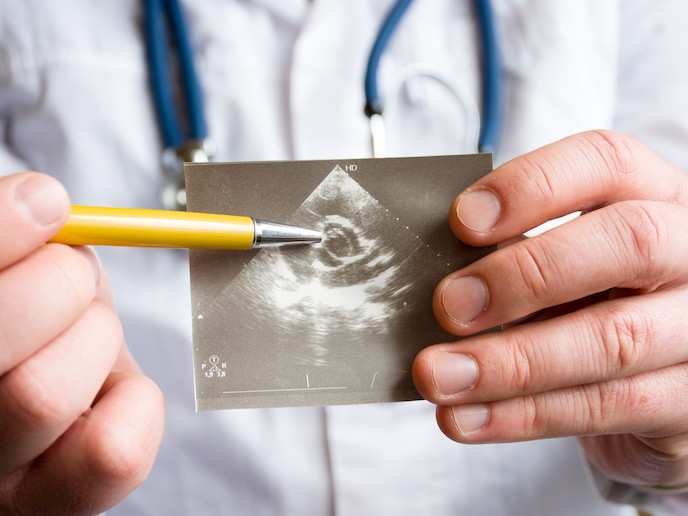Computer modelling improves treatment of valvular heart disease
VHD is an umbrella term for dysfunction with any of the heart’s four valves. In aortic stenosis(opens in new window) the aortic valve opening becomes narrow (stenotic), limiting the amount of blood pumped by the heart. In mitral regurgitation(opens in new window) the mitral valve does not close completely, meaning that blood can flow backward, reducing the heart’s ability to pump blood. Currently there are almost 4 million deaths annually from VHD in Europe. The EU-supported EurValve project developed a clinically-compliant DSS to help clinicians analyse the likely success of intervention and so optimise treatment. The right treatment, at the right time While VHD symptoms can be reduced by pharmacological intervention, there is no effective treatment for these structural problems, making invasive and risky surgical or catheter-based intervention necessary. Timing is crucial; operating too late risks irreversible heart failure, while too early carries unnecessary risk. To quantify the effects on the heart of a diseased valve and measure the potential benefits of repair or replacement, EurValve adapted an existing computational model, personalised for each subject. Using in-home tracking devices and the Philips Health Watch, the project monitored subjects’ daily activity levels during rest and exercise. The team also identified additional ‘biomarkers’ from analyses of their physiology, including measures of blood flow and blood pressure at a number of locations in the body. The full DSS includes clinical guidelines, risk scores with model-augmented diagnosis and prediction tools, reduced-order modelling for fast analysis, machine learning with physiological modelling, population data (where needed) and a case-based-reasoning module which finds comparable cases. This package can provide a consistent, repeatable, quantitative and auditable record of the clinical decisions made. The project demonstrated scalability by evaluating three pre-intervention and four post-intervention states for over 120 individuals. Additionally, three cases with aortic valve disease and two with mitral valve disease were scrutinised by 45 clinical specialists each randomly assigned three cases. For each case, two separate datasets were generated; one included only conventional diagnostic parameters, while the other included DSS information. The results showed high enthusiasm for the potential of the DSS in borderline cases. “To our knowledge, EurValve has delivered the first viable clinical DSS prototype for heart valve disease, based on computer simulation, operable during a single-session visit. This represents a significant step towards the introduction of advanced computational technology into clinical practice,” says project coordinator Prof. Rodney Hose. Similar models were developed for the mitral valve but have not yet been integrated into a comprehensive DSS. Entering the clinic EurValve contributes directly to the EU Health Policy(opens in new window) which aims to: protect and improve the health of EU citizens, support the modernisation of health infrastructure and improve the efficiency of Europe’s health systems. According to Prof. Hose: “The system will principally benefit three groups of patients: those with borderline indications for treatment, those with complex haemodynamic conditions, and those who require valve repair.” In order to get regulatory approval and bring the technology fully into clinical practice, extensive clinical trials still need to be undertaken with one of the project’s SME partners, Therenva, with whom the team are currently enhancing a commercial product, EndoSize®. Several other aspects of the technology are also being commercially exploited, particularly reduced-order modelling to speed up solution times, activity monitoring as a diagnostic aid and machine learning for enhanced data usage.







